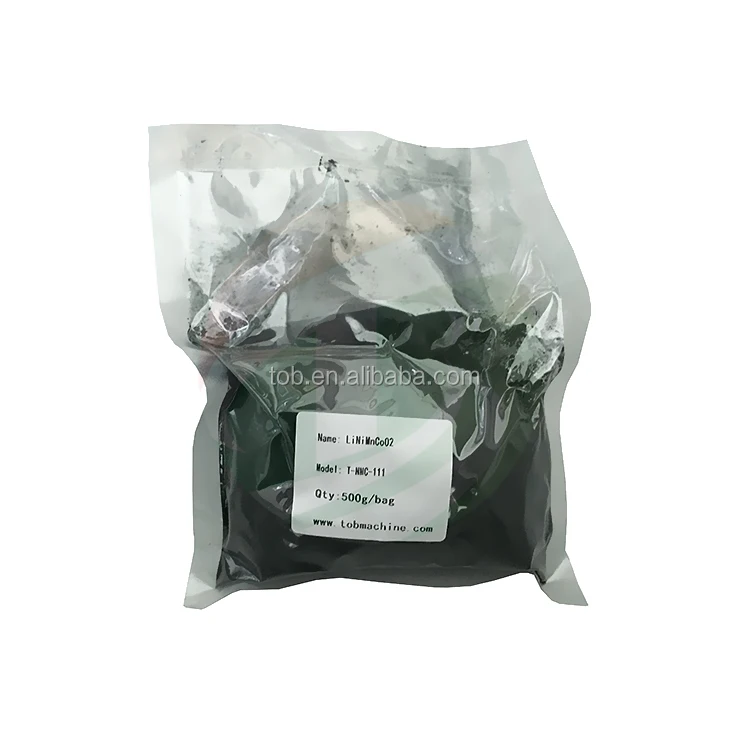

The work sheds light on the rational design of bimetal oxides as high-performance cathodes for ZIBs assembly. g -1 and no capacity loss is detected after 1000 cycle tests, which substantially outstrip those of the CMO (103.7 mAh.g -1, the shows a high specific capacity of 271.9 mAh.As a proof of concept, at the current density of 0.5 A The quicker charge transfer and faster ion exchange characteristics are both beneficial to the electrochemical performance optimization, both for the capacity enlargement and for the lifespan extension. Moreover, taking advantages of the superior conductivity of the carbon coverage, the possesses a smaller charge transfer resistance and higher Zn ion diffusion capability compared with the CMO counterpart. The X-ray diffraction (XRD), X-ray photoelectron spectroscopy (XPS) and Raman spectra (Raman) characterizations demonstrate that the introduction of the nC coating layer does not alter the composition and structure of CMO. The sample is obtained after annealing the powder in air at 450℃ for 1 h. The as-obtained powder is washed three times by water and then dried at 60℃ overnight. The precursor solution is transferred into the 25 mL Teflon-lined stainless-steel autoclave and heated at 125℃ for 6 h in the oven. Finally, 0.5 g glucose is dissolved in the solution and stirred for 5 min. Then, 11.25 mmol Mn(CH 3COO) 2 and 3.75 mmol Co(CH 3COO) 2 are added and stirred until the solid completely dissolves. Specifically, 30 mmol NH 4F and 75 mmol CO(CH 2) 2 are first dissolved in 100 mL deionized water. Via a simple one-step hydrothermal method, a nanoscale carbon layer (denoted as nC) is introduced onto the surface of CMO to prolong its cycling stability. Herein, an in-situ coating method is developed to address this issue. Yet, the dissolution of electrode materials into the electrolyte usually causes the structural collapse during repeated charge/discharge courses, which greatly limits the lifespan of ZIBs and thus restricts their further development. We hope this study is helpful to reduce the uncertainties associated with the life cycle assessment of LIBs in existing literatures and to identify opportunities to improve the environmental performance of LIBs within the whole life cycle.The cobalt manganese oxide (CMO), with the advantages of high safety, non-toxicity, easy to obtain, multiple active sites, holds great potential in constructions of Zn-ion batteries (ZIBs). Sensitivity analysis results depict that replacing NCM 622 by NCM 811 as the cathode active material could increase all the six environmental impacts. In the end-of-life stage, waste LIBs recycling could largely reduce the life cycle POCP and HTP. In the production stage, vacuum drying and coating and drying are the two main processes for all the six impact categories. The results indicate that material preparation stage is the largest contributor to the LIB's life cycle PED, GWP, AP, POCP, EP and HTP, with the cathode active material, wrought aluminum and electrolytes as the predominant contributors.
Cobalt manganese oxide iso#
Six environmental impact categories, including primary energy demand (PED), global warming potential (GWP), acidification potential (AP), photochemical oxidant creation potential (POCP), eutrophication potential (EP) and human toxicity potential (HTP), were considered in accordance with the ISO 14040/14044 standards.

Primary data for the assessment were collected onsite from the two Chinese leading LIB suppliers, two leading cathode material producers and two battery recycling corporations from 2017 to 2019. © 2020 Elsevier Ltd This study evaluated and quantified the life cycle environmental impacts of lithium-ion power batteries (LIBs) for passenger electric vehicles to identify key stages that contribute to the overall environmental burden and to find ways to reduce this burden effectively.


 0 kommentar(er)
0 kommentar(er)
